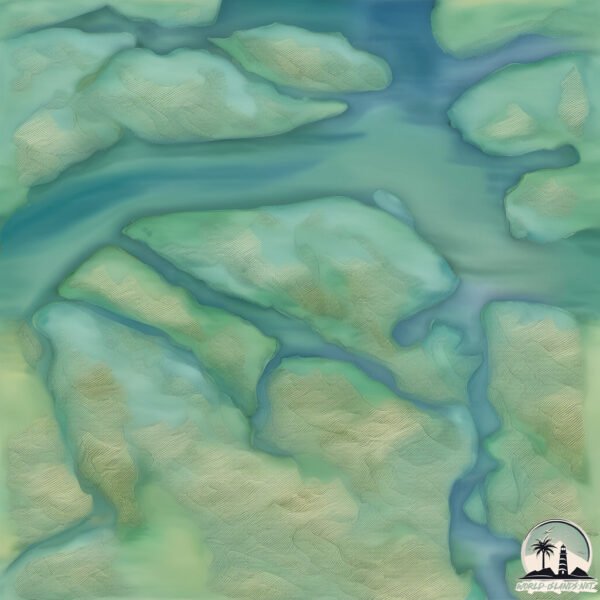Welcome to Lavinia , a Temperate island in the South Pacific Ocean, part of the majestic Pacific Ocean. This guide offers a comprehensive overview of what makes Lavinia unique – from its geography and climate to its population, infrastructure, and beyond. Dive into the details:
Geography and size of Lavinia
Size: 30.5 km²Coastline: 48.9 kmOcean: Pacific OceanSea: South Pacific OceanContinent: South America
Lavinia is a Medium Island spanning 31 km² with a coastline of 49 km.
Archipel: Cordillera Patagónica Insular – A series of islands in the Patagonian region, known for their dramatic landscapes and part of the Andean mountain range.
Tectonic Plate: South America – A major plate covering the South American continent and part of the Atlantic Ocean, known for the Andes mountain range and significant seismic and volcanic activity.
The geographic heart of the island is pinpointed at these coordinates:
Climate and weather of Lavinia
Climate Zone: TemperateClimate Details: Subpolar Oceanic ClimateTemperature: Cold Summer
Climate Characteristics: Predominantly cold with cool summers and no dry season. Often found in coastal areas at higher latitudes or on islands.
Topography and nature of Lavinia
Timezone: UTC-04:00Timezone places: America/La_PazMax. Elevation: 553 m Mean Elevation: 219 mVegetation: Evergreen Broadleaf ForestTree Coverage: 64%
The mean elevation is 219 m. The highest elevation on the island reaches approximately 553 meters above sea level. The island is characterized by Plateau: Elevated flatlands rising sharply above the surrounding area, with a maximum elevation over 500 meters but a mean elevation less than 300 meters, forming unique highland areas on islands.
Dominating Vegetation: Evergreen Broadleaf Forest
Vegetation: 6 vegetation zones – Very Highly Diverse Island
Infrastructure and Travelling to Lavinia
Does the island have a public airport? no .
Does the island have a major port? no .
The mean population of Lavinia is 1 per km². Lavinia is Uninhabited. The island belongs to Chile .
The name of the island resonates across different cultures and languages. Here is how it is known around the world: Arabic: جزيرة ويلينغتون; German: Wellington; Spanish: Isla Wellington; French: île Wellington; Portuguese: Ilha Wellington; Russian: Веллингтон; Chinese: 惠靈頓島
Continuing your journey, Angamos is the next notable island, situated merely km away.
Martha Lavinia Beach - King Island
Martha Lavinia Beach - King Island
Mount Lavinia Hotel beach 31.12.2019
A quick video from sand to water.
A quick video from sand to water.
King Island Magic
Harry Bryant leads an expedition to the remote barrel haven of King ...
Harry Bryant leads an expedition to the remote barrel haven of King Island. The crew score pumping cold water barrels after a ...
Chile is classified as Emerging region: G20: Group of Twenty – Major economies comprising both developed and emerging countries, representing the world’s largest economies. The level of income is Upper middle income.
News – Latest Updates and Headlines from Lavinia
Stay informed with the most recent news and important headlines from Lavinia. Here’s a roundup of the latest developments.
Loading...
Please note: The data used here has been primarily extracted from satellite readings. Deviations from exact values may occur, particularly regarding the height of elevations and population density. Land area and coastline measurements refer to average values at mean high tide.

